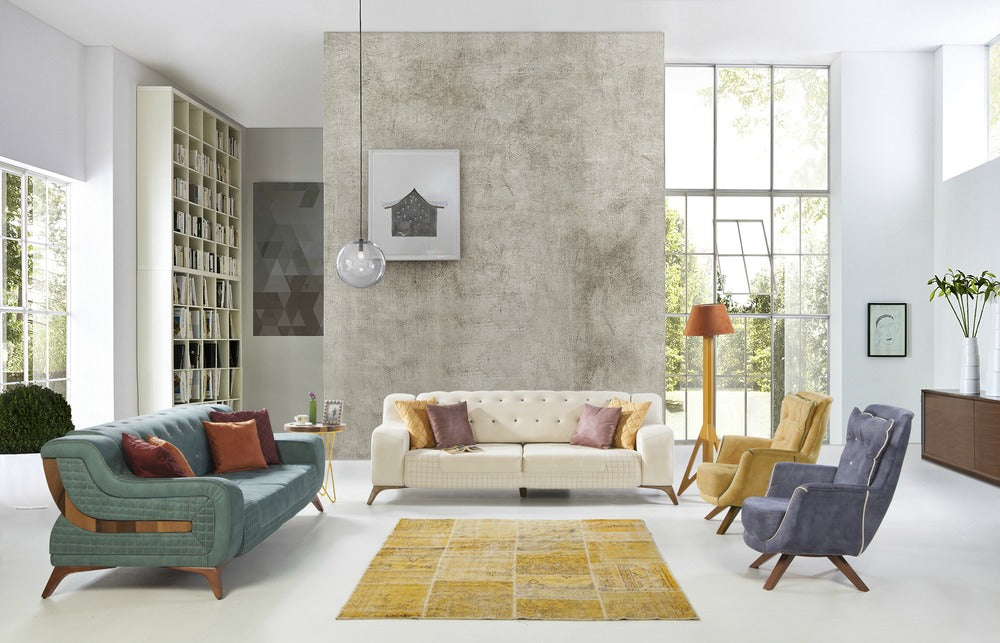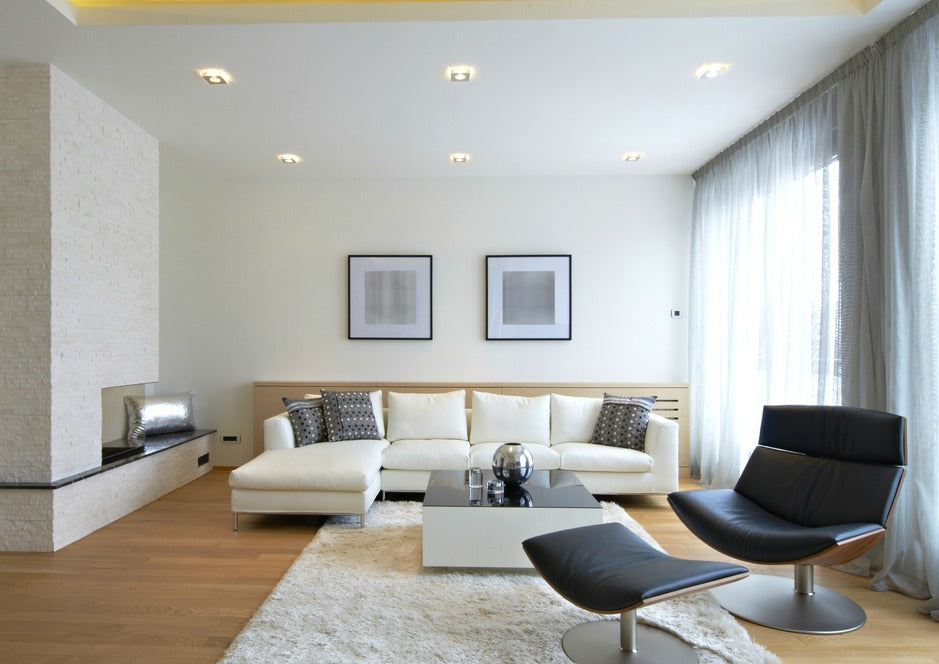What Role Does Light Play in Interior Decorating and Design?
Have you walked into a room and noticed that it makes you feel good? Do some rooms have an atmosphere that makes you relax and enjoy the space? When you are decorating your home, don't forget the impact of lighting.

Commercial establishments know how to use lighting to its best advantage. Jewelry stores use bright, focused light to accentuate the features of cut gems and decorative gold work. Restaurants use mood lighting, such as dimly lit wall sconces and candles on tables for a romantic setting.
There are ways to illuminate your home to create a mood, provide light for tasks or highlight a work of art. Designers call this "layering." Together, the three layers of light—ambient, task and accent—create an overall effect. Lighting should work with other elements of the interior design scheme to create the ambience you want.
Three Functions of Light

Designers combine all three types of light to create an atmosphere within a room. Ambient light, which includes sunlight, should light all areas of the interior evenly. Task lighting is used to illuminate a specific area, such as a reading corner, kitchen preparation area, desk, bathroom vanity or sewing center. Accent lighting is used to set a mood, accentuate an aesthetically pleasing feature or draw attention away from less attractive areas.
As you plan lighting in a room, think through the activities that take place there. Lighting experts recommend making a floor plan that includes the location of windows, doors and furniture. If you need a lamp for a reading corner, a desk or within a closet, mark the space. As you define the spaces, consider where shadows will fall. If your kitchen work light is directly over the place you work, your shadow will fall on the workspace. In the bathroom, lights on either side of a mirror illumine evenly. A light placed above the mirror may cast shadows.
Experts also recommend considering the scale of the room and the furniture in it. A suspended fixture that is too small will look awkward. A table lamp that is too big will overwhelm a space. For large rooms, multiple fixtures can balance light. Several fixtures of simple design can make a strong design statement without overwhelming the space.
Ambient Light

If you are fortunate enough to have beautiful windows that let in ample natural light, you can include this as part of the daytime ambient lighting scheme. However, on cloudy days or at night, ambient light must come from artificial sources, such as track lighting, chandeliers, recessed ceiling lights and pendant lamps. Other fixtures, such as large floor lamps or wall sconces, can also be used. The goal is to softly illuminate the entire room.
Natural light coming through windows can be modulated with window treatments. Layers of curtains can soften the intensity sunlight. Window shades and blinds can be adjusted to direct light. Dimmers can be used to modulate artificial light. Although you may want bright light for some situations, you probably don't want a harshly illuminated dining room for a cozy dinner party.
When you install ambient artificial lights, be sure to take into account the hue of the light. Fluorescent lights come in color tones from warm to bright white. Fluorescent lights can cast a yellowish, blue or pink hue depending on the bulb. Skin tones, walls and other objects may not appear true to natural color.
Task Lighting
Task lighting serves as the primary light for a room and focuses light on activities. Experts suggest that task lighting should be between six and 10 times brighter than ambient light. There are many types of fixtures suitable for task lighting, including table lamps, desk lamps, under-counter lights, vanity lights and floor lights. Some overhead lighting, such as track lighting and pendant lamps, can also be used as task lighting.
Task lighting gives an opportunity to coordinate fixtures with your design scheme. Table lamps can pick up patterns or colors used in window curtains, bedding or accessories, such as throw pillows, upholstery or table linens. Lamps are available in materials such as glass, ceramic, wood and pottery that add texture and depth. Lampshades create diffused light, which softens the illumination. Overhead track lighting blends well with minimalist, modern and industrial styles of décor.
Accent Lighting
Accent lighting adds drama and creativity to a room. Accent light should be between three and five times as bright as ambient light. It can be used to highlight attractive features such as works of art, architectural details and special trinkets. Lighting around the perimeter of an architecturally interesting ceiling highlights the feature and adds elegance. A light at the top of a stairwell can accentuate the style of décor, carrying the theme from one level of the house to the next. Recessed lights in bookshelves create a focal point.
Track lighting, spotlights and floodlights are commonly used as accent lights. Table lamps can also serve as accent lighting, focusing the eye on an area or arrangement of furniture. Wall sconces are a popular type of accent light. Install them on either side of a mirror for symmetry. The mirror accentuates and reflects the light.
As with all interior renovations, have a plan for your ideas. Lighting adds interest and drama to your interior, intensifying and highlighting the effect and mood you want to create. Brighten up your rooms by using all three layers of lighting together. Soften the atmosphere by using only one source of light.
Although there are trends in interior design, remember that you have to live in the space you create. Some features, such as floor and window coverings, are easy to change seasonally or as your tastes change. Altering the lighting is also a good way to freshen an interior. Recovering lampshades or painting a drop lamp can change the look of a room. Let your imagination run free to come up with ideas that transform your living space from ho-hum to wow. It may be as simple as flipping a switch.
Feel free to join in our Affiliate Programs

